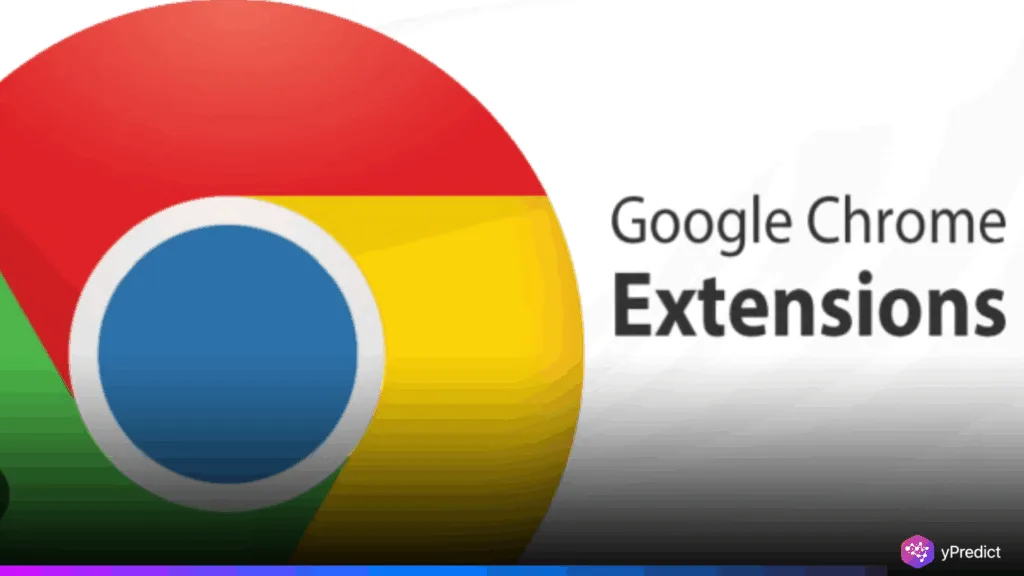
A new AI tool called “STEAL,” developed by Higgsfield AI, allows users to replicate a filmmaker’s visual style from just a single frame. The tool, accessible via a Chrome Extension, captures mood, pose, and aesthetic instantly. Integrated with “Soul ID,” it enables users to insert digital avatars into these stylized outputs. Although it is being promoted as a creative booster, artists and filmmakers say it may be a direct pass to plagiarism. OpenAI CEO Sam Altman has already cautioned against consulting other kinds of technologies, citing the dangers they can present to artistic ownership and the integrity of pieces of art in a more AI-oriented creative environment.
STEAL’S ONE-CLICK STYLE COPYING RAISES RED FLAGS IN FILMMAKING
STEAL is a lightweight Chrome Extension that lets a user scrape visual elements on any imaginable picture within the web. It can recreate the aesthetic, pose, outfit, vibe, and color grade with a single click, yielding a result that resembles the original one. No prompt engineering or editing skills are required. The tool’s integration with Soul ID means users can even insert digital replicas of themselves into the recreated scene. On the surface, it appears user-friendly and democratizing. But for many filmmakers, it feels more like an automated copy machine than a tool for authentic creation.
What’s especially controversial is how easily this tool bypasses traditional creative labor. Directors spend years refining their style, developing a unique blend of composition, tone, lighting, and framing. With STEAL, that lifetime of work can be scraped and re-skinned within seconds. While Higgsfield AI presents this as a technological leap for creators, critics argue it opens the door to creative theft. The tool doesn’t just replicate aesthetics; it allows anyone to commercialize that replication, blurring the lines between inspiration and appropriation in ways the industry hasn’t faced before.
FILMMAKERS AND INDUSTRY VOICES SOUND ALARMS OVER CREATIVE THEFT
OpenAI CEO Sam Altman has warned repeatedly about the dangers of unregulated creative AI. Speaking in July 2025, Altman emphasized that these tools can “obliterate originality under the guise of democratization.” He added, “We’re approaching a point where someone can steal style faster than anyone can invent it.” In the case of STEAL, filmmakers now fear that others could rip off their signature visual identities and rebrand them without consent. One director likened it to a “cheat code for plagiarism,” expressing concern over commercial brands using AI-generated lookalikes in ad campaigns.
Other than the question of whether to do it or not, these ethical dilemmas are also grave legal concerns. Although the act of STEAL in itself may not seem to contradict the law of copyright, it is unlikely that the same will not transgress into infringement when used in the business world. This can be worrisome considering the ability of the users to replicate the style of a director within minutes and apply it to an advertisement or branded content regardless of the approval. Who owns a style? How do you govern at this level of imitation?
AI Style Tools Like STEAL Demand Legal and Creative Oversight
Higgsfield AI’s STEAL marks a turning point in how style, authorship, and identity are treated in digital media. While it offers powerful tools for rapid content creation, it also enables artistic mimicry with little friction or accountability. Sam Altman’s warnings about a “collapse in creative originality” now feel prescient, especially as tools like STEAL gain traction. In order to ensure that there is no violation of artistic value and integrity, filmmakers and policymakers have to influence new legal requirements and ethical regulations. Unless someone does something very quickly, innovations will not characterize the story of future creativity, but duplication will.






